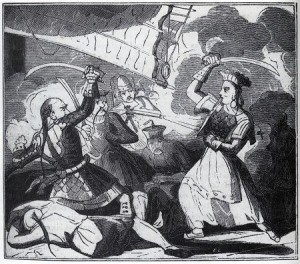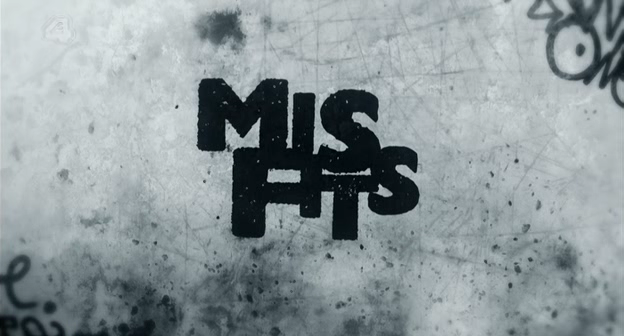Throughout time, a great rivalry has destroyed love, ended friendships, and cast doubt on even the strongest relationships. This rivalry notoriously divides those who would otherwise stand as allies, creating endless battles and leaving a trail of strife and misery behind it.
I’m speaking, of course, of the rivalry of pirates and ninja.
Pirates and ninja alike have captured imaginations through the stories, plays, novels, and eventually films made about them. Both are appealing, but for different reasons: pirates represent freedom on the oceans, romantic and swashbuckling, while ninja are secretive and move without detection, almost inhumanly quick and clever without needing superhuman abilities.
But pirates and ninja have both existed in history, and true historic events and people inspired many of the stories popular in media and fiction today. The term “pirate” refers to a person who attacks or robs ships on the ocean; the term “ninja” refers to a Japanese covert agent or mercenary trained in specific covert arts.

Ching Shih terrorized the China Sea during the 19th century and kept her large crew strictly disciplined.
History and literature feature a number of notorious pirates, and some of the most infamous among them were women – like Ching Shih on the south coast of China and Ireland’s pirate queen, Grace O’Malley.
Little is known about Ching Shih, though historic records indicate she was a prostitute before marrying Chinese pirate Zheng Yi in 1801. After her husband’s death, Ching Shih took over his fleet and became a terror of the seas – with a very strict code of conduct. She didn’t tolerate theft or withholding of booty from her crew, estimated to consist of 20,000 to 80,000 pirates; pirates who disobeyed orders or raped female captives received an instant death sentence.
Grace O’Malley (also written Gráinne Ní Mháille or as Granuaile) was an Irish pirate queen who lived during the 16th century. She features in a number of stories, poems, and folk tales about her, and writer Anne Chambers wrote an extensive biography of the pirate queen that was first published in 1979.
Though Granuaile is remembered as a pirate queen, she was historically a member of Irish nobility and was a chieftain of the O Maille clan. Historic records indicate she was probably formally educated and is believed to have spoken Latin with another woman leader of the era, Queen Elizabeth I.
By their very nature, ninja are secretive, but some accounts suggest one woman may have created a group of all-female ninja called kunoichi. Mochizuki Chiyome was a 16th-century Japanese noblewoman married to samurai warlord Mochizuki Nobumasa. According to some accounts, Mochizuki recruited young women – prostitutes, orphans, and runaways – to train in espionage, infiltration, and assassination.
Mochizuki’s status and wealth allowed her to take in and train women in the skills necessary to ninja without arousing suspicion, and instead likely seemed like a pretty nice old rich lady instead. Disguised as miko – Shinto priestesses or shrine maidens – Mochizuki’s kunoichi were able to travel with an “excuse” that allowed them to get close to an intended target undetected.
Pirates and ninjas capture our imagination by leading lives and doing deeds we’d never imagine doing in our own. From the romance and adventure of pirates on the open sea to the cleverness and mystery of ninja, we find ourselves imagining what life would be like to be one of them – when women across time have done it before us.
This month on Girls in Capes, we talk about some of the pirates and ninja who capture our own imaginations. For some of us, they come from video games or movies. For others, their journey is chronicled in novels and art. Geek culture and pop culture are rich in adventure stories featuring both pirates and ninja alike, and this August, we’re celebrating that.
We may be divided by the greatest rivalry of all time, but we stand united in awe.
Feliza Casano is the founder and editor in chief of Girls in Capes and writes for all sections of the web magazine. Follow her on Twitter @FelizaCasano.






